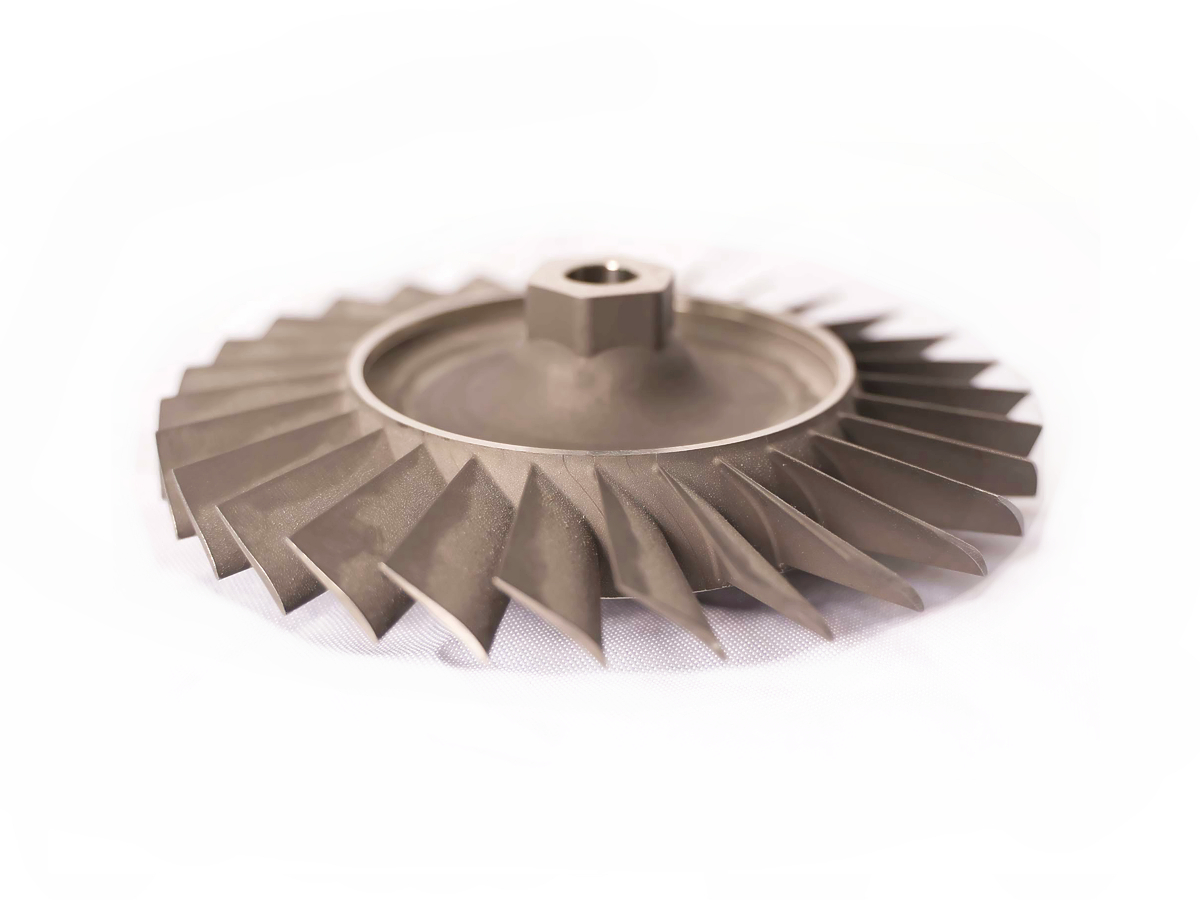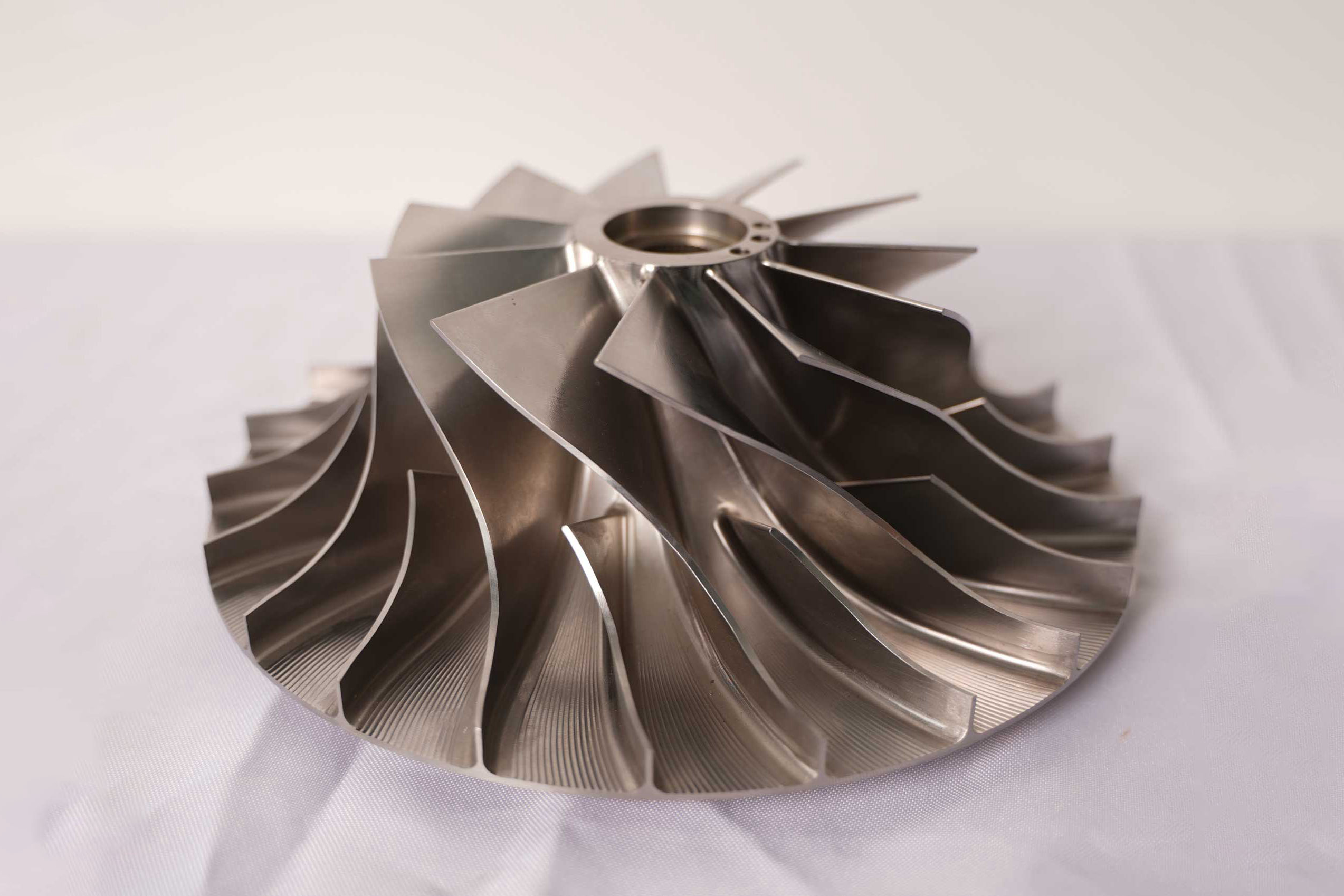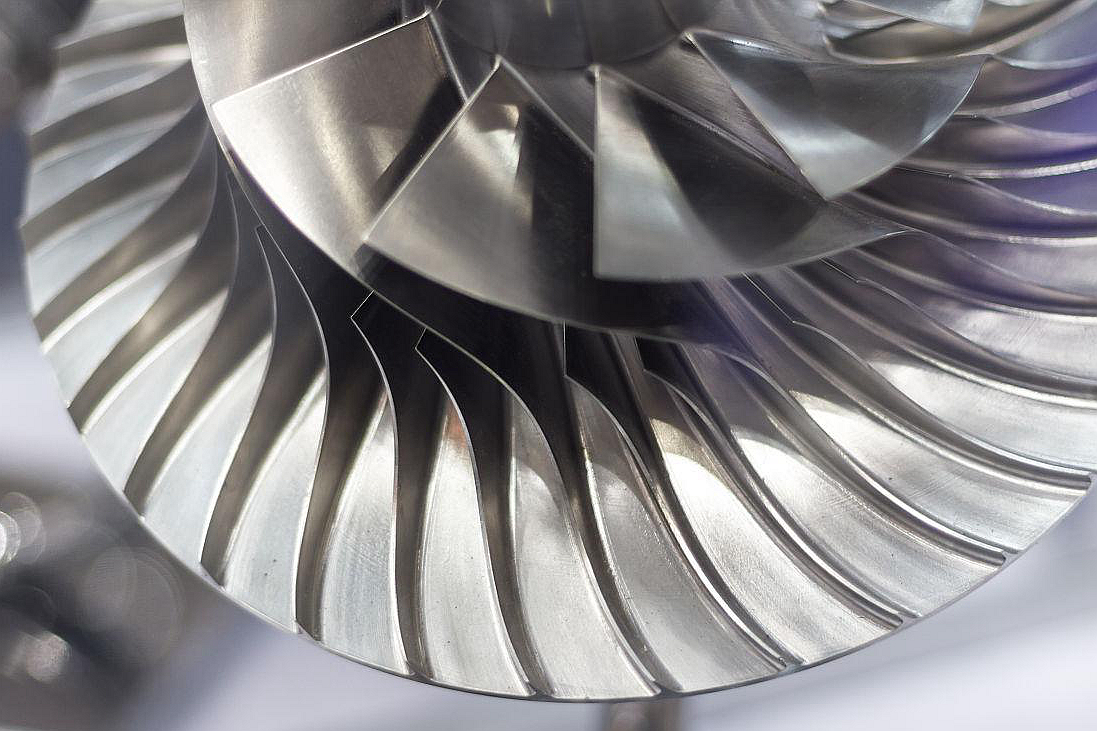Hastelloy C-22HS
Introduction to Hastelloy C-22HS
Hastelloy C-22HS is a high-strength, corrosion-resistant nickel-based superalloy developed for demanding applications with critical mechanical performance and chemical resistance. As a precipitation-hardened version of Hastelloy C-22, it maintains excellent resistance to oxidizing and reducing environments while achieving significantly higher strength levels—up to 2× that of annealed C-22.
This unique combination makes Hastelloy C-22HS especially suitable for CNC-machined parts exposed to aggressive service conditions in aerospace, marine, and chemical processing systems. It is widely used for components that require dimensional stability, high-pressure resistance, and resistance to localized corrosion in harsh media.
Chemical, Physical, and Mechanical Properties of Hastelloy C-22HS
Hastelloy C-22HS (UNS N07022 / ASTM B622 / B564 / NACE MR0175) is strengthened through age-hardening and offers exceptional performance in sour gas, seawater, and acidic environments, even at elevated pressures.
Chemical Composition (Typical)
Element | Composition Range (wt.%) | Key Role |
|---|---|---|
Nickel (Ni) | Balance (≥58.0) | Base alloy for corrosion resistance and toughness |
Chromium (Cr) | 20.0–22.5 | Provides resistance to oxidizing media |
Molybdenum (Mo) | 12.5–14.5 | Increases resistance to reducing acids |
Iron (Fe) | 2.0–6.0 | Improves mechanical properties |
Tungsten (W) | 2.5–3.5 | Enhances localized corrosion resistance |
Cobalt (Co) | ≤2.5 | Controlled for microstructural stability |
Carbon (C) | ≤0.01 | Prevents carbide precipitation in heat-affected zones |
Manganese (Mn) | ≤0.5 | Assists in hot working |
Silicon (Si) | ≤0.08 | Maintains weld integrity |
Sulfur (S) | ≤0.02 | Low levels reduce hot cracking risk |
Physical Properties
Property | Value (Typical) | Test Standard/Condition |
|---|---|---|
Density | 8.69 g/cm³ | ASTM B311 |
Melting Range | 1330–1380°C | ASTM E1268 |
Thermal Conductivity | 9.1 W/m·K at 100°C | ASTM E1225 |
Electrical Resistivity | 1.18 µΩ·m at 20°C | ASTM B193 |
Thermal Expansion | 12.3 µm/m·°C (20–300°C) | ASTM E228 |
Specific Heat Capacity | 400 J/kg·K at 20°C | ASTM E1269 |
Elastic Modulus | 205 GPa at 20°C | ASTM E111 |
Mechanical Properties (Solution Annealed + Aged Condition)
Property | Value (Typical) | Test Standard |
|---|---|---|
Tensile Strength | 1035–1170 MPa | ASTM E8/E8M |
Yield Strength (0.2%) | 690–830 MPa | ASTM E8/E8M |
Elongation | ≥25% (25mm gauge) | ASTM E8/E8M |
Hardness | 280–320 HB | ASTM E10 |
Impact Toughness | Maintains ductility at low temperatures | ASTM E23 |
Key Characteristics of Hastelloy C-22HS
High Strength + Corrosion Resistance: Combines PREN >52 and yield strength >700 MPa, suitable for sour gas and marine environments under high pressure.
Excellent Fabricability: Easily CNC machined, welded, and cold-formed, especially after solution annealing at 1175°C and aging at 705°C for 8 hours.
NACE MR0175 Compliance: Qualified for downhole and subsea equipment in H₂S environments with hardness limits below 36 HRC.
Localized Corrosion Resistance: Corrosion rate <0.01 mm/year in boiling 15% HCl and pitting resistance confirmed in ASTM G48 ferric chloride tests.
CNC Machining Challenges and Solutions for Hastelloy C-22HS
Machining Challenges
Work Hardening
The post-aging condition increases hardness to >300 HB, leading to elevated cutting forces and reduced tool life.
Heat Buildup
Poor thermal conductivity (<10 W/m·K) traps heat at the tool-part interface, accelerating edge wear.
Surface Integrity
The tendency to form built-up edges (BUE) under improper lubrication affects surface finish and dimensional accuracy.
Optimized Machining Strategies
Tool Selection
Parameter | Recommendation | Rationale |
|---|---|---|
Tool Material | PVD-coated carbide (K30–K40), ceramic or CBN inserts | Withstands hardness and heat during aging |
Coating | TiAlN, AlCrN (3–5 µm) | Reduces friction and thermal degradation |
Geometry | High-positive rake (10–15°), honed edge radius 0.03 mm | Enhances chip evacuation and reduces BUE |
Cutting Parameters (ISO 3685)
Operation | Speed (m/min) | Feed (mm/rev) | DOC (mm) | Coolant Pressure (bar) |
|---|---|---|---|---|
Roughing | 8–14 | 0.20–0.30 | 2.0–3.5 | 100–120 |
Finishing | 15–25 | 0.05–0.10 | 0.5–1.0 | 120–150 |
Surface Treatment for Machined Hastelloy C-22HS Parts
Hot Isostatic Pressing (HIP)
HIP improves fatigue performance by ≥25% and eliminates shrinkage porosity in complex castings or additively manufactured components.
Heat Treatment
Heat Treatment includes solution annealing at 1175°C and aging at 705°C for 8 h to optimize strength and corrosion resistance.
Superalloy Welding
Superalloy Welding with ERNiCrMo-10 filler and interpass control <100°C ensures structural integrity and resistance to weld zone embrittlement.
Thermal Barrier Coating (TBC)
TBC Coating up to 250 µm improves service life of parts exposed to 850–1000°C in aggressive gas streams.
Electrical Discharge Machining (EDM)
EDM allows precision hole and slot features with tolerances ±0.005 mm and Ra <0.6 µm on hardened parts.
Deep Hole Drilling
Deep Hole Drilling with L/D >30:1 ensures straightness and surface integrity in high-pressure port geometries.
Material Testing and Analysis
Material Testing includes tensile (ASTM E8), hardness (ASTM E18), sour gas corrosion testing (NACE TM0177), and SEM/EDS microstructure validation.
Industry Applications of Hastelloy C-22HS Components
Oil and Gas
Downhole valves, completion tools, and pressure vessels exposed to H₂S, CO₂, and chlorides at high pressure and temperature.
Marine Engineering
Fasteners, shafts, and heat exchanger tubes are resistant to seawater pitting and crevice corrosion.
Aerospace
Brackets, fittings, and manifolds where high strength-to-weight ratio and corrosion resistance are essential.
Chemical Process Industry
Pump housings, valve bodies, and flange systems exposed to aggressive mixed acid and brine conditions.
FAQs
What is the maximum allowable hardness for Hastelloy C-22HS parts used in sour gas service?
What dimensional tolerances and surface finishes can be achieved in CNC-machined C-22HS parts?
What heat treatment process is recommended after machining to achieve peak mechanical strength?
Can Hastelloy C-22HS components be used in subsea environments with high chloride exposure?
What quality certifications and material traceability are available for C-22HS machined parts?



